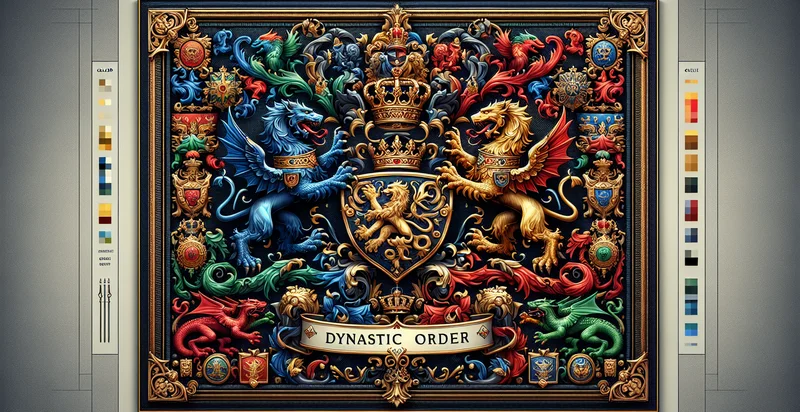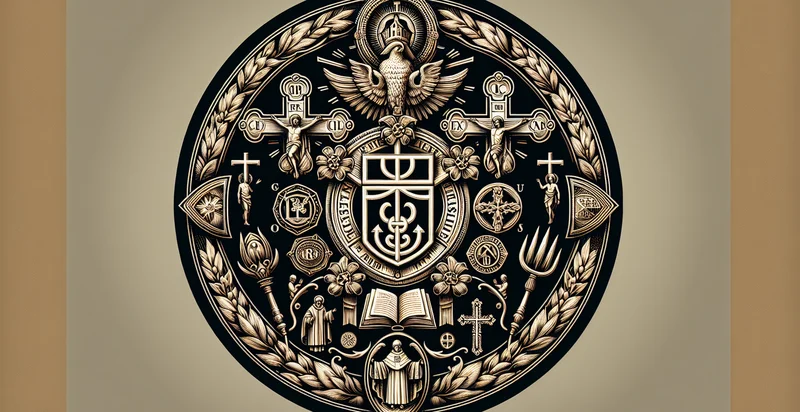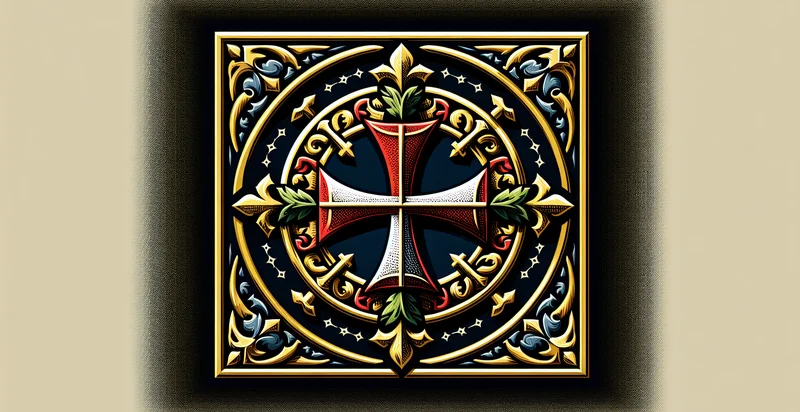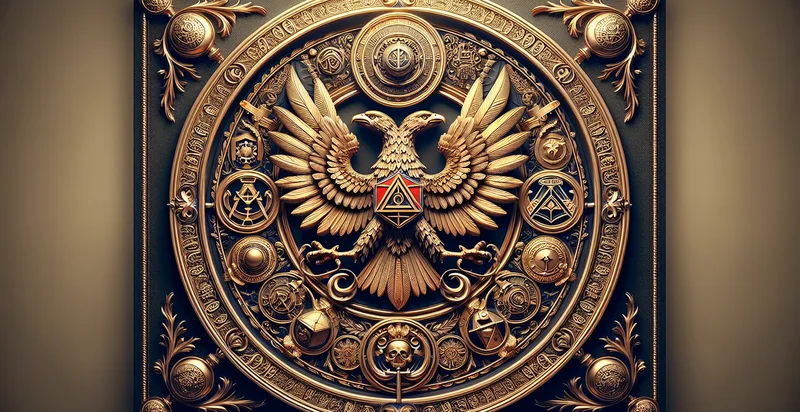Identify dynastic order emblem
using AI
Below is a free classifier to identify dynastic order emblem. Just upload your image, and our AI will predict the dynastic order emblem it represents - in just seconds.

Contact us for API access
Or, use Nyckel to build highly-accurate custom classifiers in just minutes. No PhD required.
Get started
import nyckel
credentials = nyckel.Credentials("YOUR_CLIENT_ID", "YOUR_CLIENT_SECRET")
nyckel.invoke("dynastic-order-emblem", "your_image_url", credentials)
fetch('https://www.nyckel.com/v1/functions/dynastic-order-emblem/invoke', {
method: 'POST',
headers: {
'Authorization': 'Bearer ' + 'YOUR_BEARER_TOKEN',
'Content-Type': 'application/json',
},
body: JSON.stringify(
{"data": "your_image_url"}
)
})
.then(response => response.json())
.then(data => console.log(data));
curl -X POST \
-H "Content-Type: application/json" \
-H "Authorization: Bearer YOUR_BEARER_TOKEN" \
-d '{"data": "your_image_url"}' \
https://www.nyckel.com/v1/functions/dynastic-order-emblem/invoke
How this classifier works
To start, upload your image. Our AI tool will then predict the dynastic order emblem it represents.
This pretrained image model uses a Nyckel-created dataset and has 46 labels, including Anchor, Caduceus, Chain, Chariot, Compass, Crescent Moon, Cross, Crown Jewel, Crucifix and Dove.
We'll also show a confidence score (the higher the number, the more confident the AI model is around the dynastic order emblem it represents).
Whether you're just curious or building dynastic order emblem detection into your application, we hope our classifier proves helpful.
Related Classifiers
Need to identify dynastic order emblem at scale?
Get API or Zapier access to this classifier for free. It's perfect for:
- Historical Document Verification: This function can be utilized by museums and archives to verify the authenticity of historical documents featuring dynastic symbols. By identifying specific emblems associated with ruling families, institutions can authenticate artifacts and prevent forgery.
- Art Restoration and Authentication: Art conservators can leverage this identification tool to assess the provenance of artwork adorned with dynastic symbols. Understanding the emblem’s origin could guide decisions on restoration practices and enhance the value of art pieces.
- Genealogy Research: Family history researchers can use the 'dynastic order emblem' identification function to trace lineage through emblematic representation. This can augment genealogical studies by connecting individuals to historically significant families and their inheritances.
- Cultural Heritage Preservation: Organizations focused on preserving cultural heritage can employ this function to catalog and protect artifacts featuring dynastic emblems. By identifying and mapping these symbols, they can better manage collections and raise public awareness of their historical significance.
- Educational Curriculum Development: Educational institutions can leverage this function to create content-rich lessons centered around historical dynasties and their emblems. This can enhance student engagement by providing interactive learning experiences based on the dynastic order's imagery.
- Game Development: Video game developers can use this technology to create authentic historical narratives by incorporating accurate dynastic symbols into their games. This adds depth to the storyline and creates a more immersive gameplay experience for users interested in historical settings.
- Personalized Marketing Campaigns: Brands and businesses targeting niche markets can use the emblem identification function to tailor their marketing strategies around historical themes. By appealing to consumers’ interests in heritage and legacy, they can create unique product lines that resonate with history enthusiasts.


